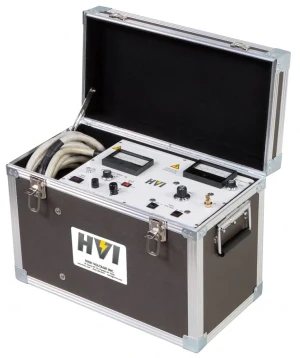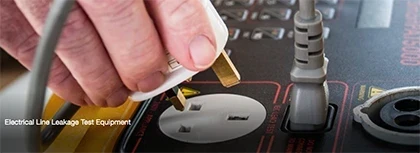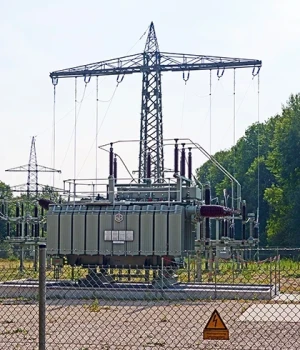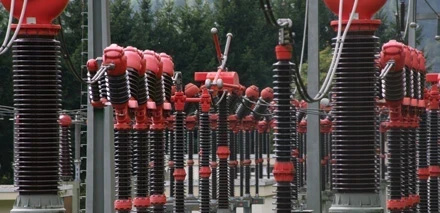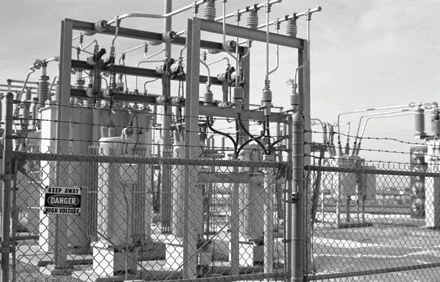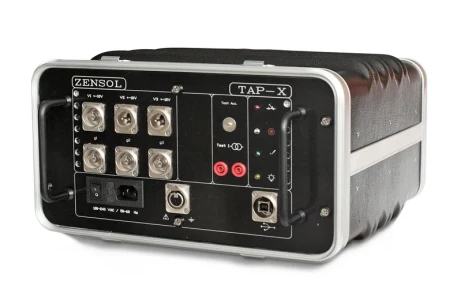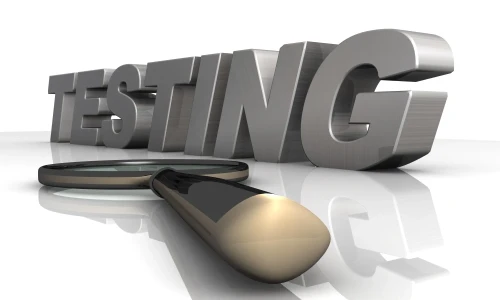The Role of Cable Rejuvenation in Addressing the Maintenance of Aging Underground Cables

Aging underground residential distribution (URD) cables is a growing problem in communities around the world, disrupting customers and causing business challenges for utility providers. But in most cases, the traditional remedy for URD cable failure—taking the impacted cable out of service and putting new cable in its place—has proven to be unfeasible. When cables fail, the resulting outages and the replacement work required to restore power create logistical problems that are usually unpredictable and expensive—costs that must be absorbed by the provider, the customer, or both. Meanwhile, customers often experience multiple outages as the providers install new cable, often disrupting the customers’ property and landscaping in the process.
CABLE REJUVENATION: THE MODERN GO-TO OPTION FOR UPGRADING URD CABLE
When rehabilitating aging URD infrastructure, many utility providers forgo cable replacement and opt for rejuvenation as the proven superior method for fixing damaged cable. With cable rejuvenation, the affected cables are left undisturbed and injected with compounds that restore each cable’s dielectric strength, effectively adding the same value as a new cable but without the burden of time, cost, environmental disruption, and consumer downtime associated with cable replacement. This method was first developed in 1986 and its use has steadily gained adoption and popularity in the 30 years since.
Rejuvenation technology focuses on the injection of silane-based fluid into the strands of aging medium-voltage power cables. The fluid is injected by accessing cables through transformers or other cable termination points. Technicians typically open two adjacent transformers and de-energize cables in a way that generally does not impact power to customers. Then, specialty fittings are attached to each end of the cable to allow for fluid injection. As the fluid moves through the cable, it migrates into the conductor shield and insulation. The chemistry and the physics of the insulation are modified and the result is a cable that is returned to full dielectric strength in as little as seven days.
The use of cable injection is approved for capitalization by the Federal Energy Regulatory Commission and hence does not impact tight operation and management budgets.

